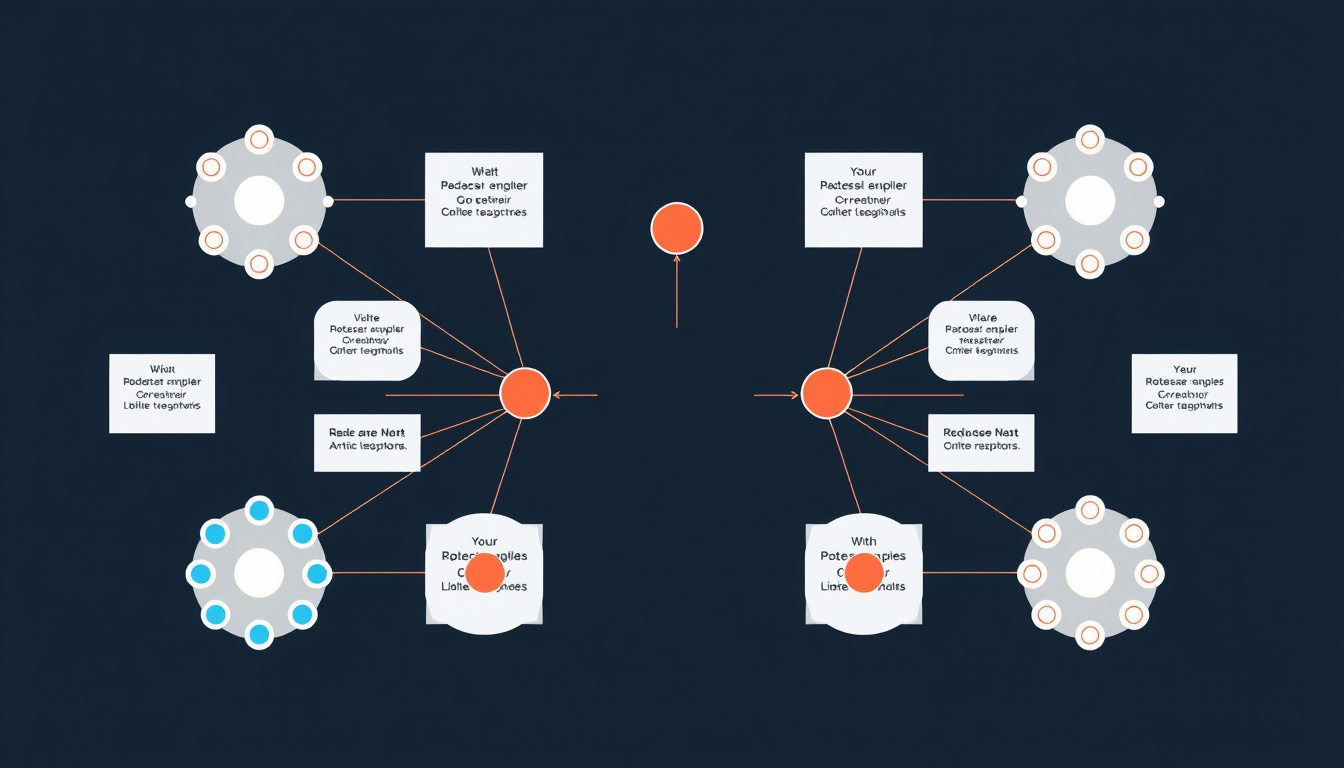Symmetrically spacing out nodes is a crucial technique in various applications, from horticulture to computer science and even visual design. Achieving symmetry not only enhances the aesthetic appeal but also improves functionality and effectiveness, whether you’re designing plant structures or tackling graph theory in computer networks. This article explores key strategies and principles to effectively space out nodes symmetrically, thereby optimizing both structure and design.

Understanding Symmetric Node Spacing
What is Symmetry in Node Design?
Symmetry involves the balanced and proportionate arrangement of elements around an axis or point. In the context of node spacing:
- In Horticulture: Symmetrical node spacing can lead to healthier growth and a more aesthetically pleasing plant structure.
- In Graph Theory: Symmetry can enhance the performance of algorithms by providing a uniform structure to work with.
The Importance of Symmetrical Design
-
Aesthetic Appeal: Symmetrical designs are often more visually appealing and harmonious. This is particularly important in landscape design and plant arrangements where beauty is a significant factor.
-
Functional Efficiency: In computer networks and graph theory, symmetry can lead to more efficient data processing and reduced complexity in algorithms.
-
Improved Growth Performance: In gardening, symmetrical spacing allows for even light distribution, better air circulation, and nutrient uptake, resulting in healthier plants.
Techniques for Symmetrical Spacing
1. Visual Planning and Geometry
The key to achieving symmetrical spacing involves understanding geometric principles:
- Reference Points: Establish a central reference point or axis around which nodes will be arrayed. This helps maintain spatial balance.
- Equal Distance: Determine equal spacing between nodes based on your design needs, such as a set angle for branches or uniform distance for visual features.
2. Practical Application in Horticulture
When topping plants, for instance, it’s essential to consider the arrangement of nodes:
- Node Selection: Identify and select the appropriate nodes for topping, striving to choose nodes that maintain symmetry. Tools like string or stakes can help visualize and measure distances.
- Tying and Restraining: Techniques like tying down branches or bending stems can be employed to manipulate the growth and maintain a balanced structure. For example, if a node is longer, tying it down to be level with shorter nodes promotes symmetry.
3. Graph Theory Applications
In mathematics and network design, achieving symmetry requires analyzing node relationships and subgraphs:
- Node Classification: Evaluate how nodes connect and group them based on similar properties. Symmetrical designs in graphs often emerge from understanding these connections.
- Subgraph Analysis: Use algorithms that assess the symmetry of the surrounding subgraphs connected to a particular node, thus enabling a systematic approach towards maintaining balanced structures in complex networks.
4. Visualization Tools
Using visualization software can significantly aid in planning symmetrical arrangements. Applications range from 2D design software that can create grid systems to graph theory tools that analyze and model symmetrical patterns in networks.
Conclusion
Symmetrically spacing out nodes is a sophisticated yet rewarding endeavor across various fields. Whether you are a gardener looking to promote healthy plant growth or a network engineer optimizing graph connectivity, understanding and applying symmetry principles can greatly enhance the outcomes of your designs. By employing geometric methods, computational techniques, and innovative visualization, you can master the art of symmetrical node spacing, yielding both aesthetic and functional benefits.
This mastery not only reflects in the effectiveness of the design but also in the enhanced experiences it provides, making it a valuable skill worth mastering in any application.



